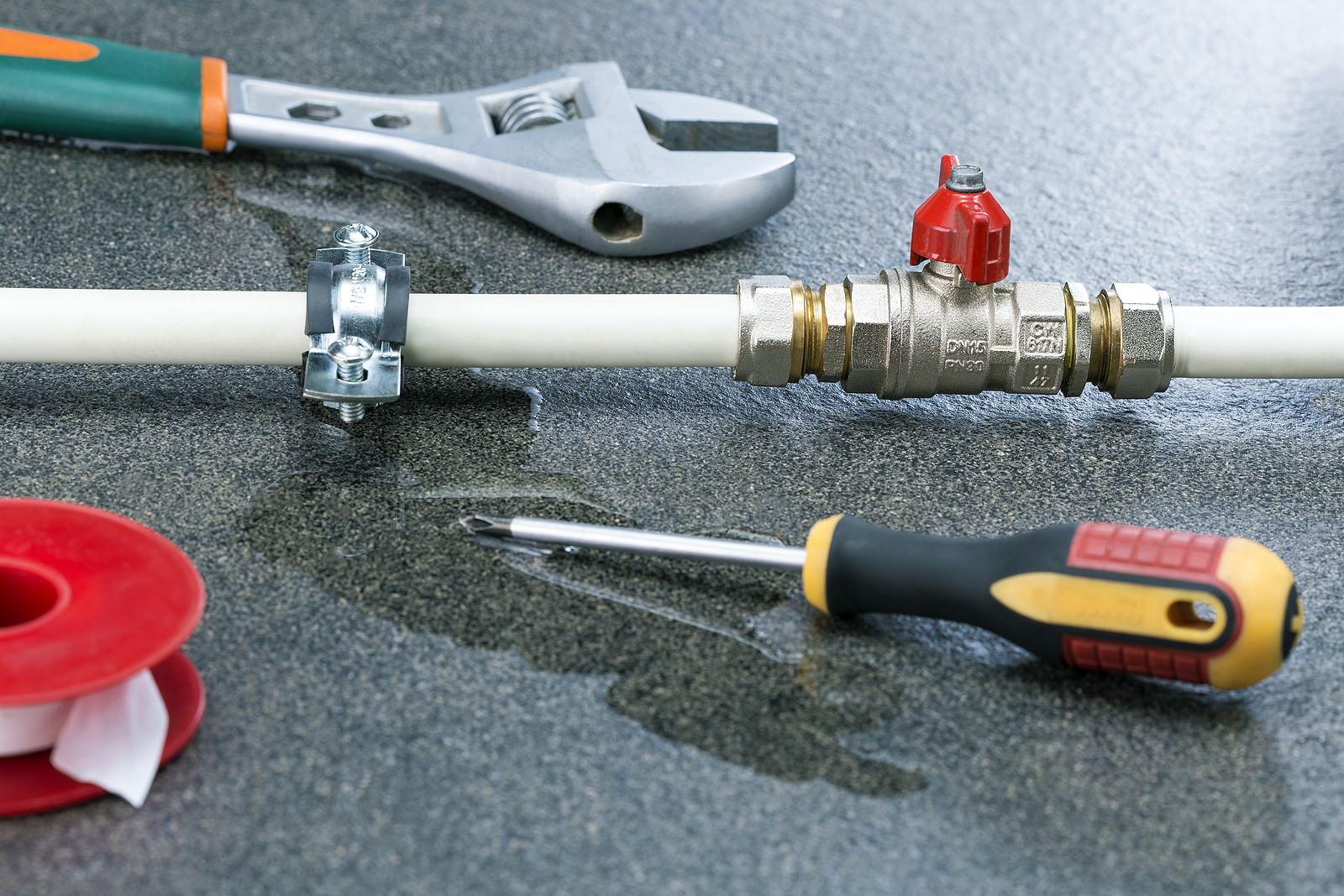Exactly how to Examine If Your Home Has a Concealed Leakage
Exactly how to Examine If Your Home Has a Concealed Leakage
Blog Article
They are making a number of good annotation relating to Detecting hidden plumbing leaks in general in this article just below.

Early discovery of dripping water lines can reduce a possible calamity. Besides saving you cash, it will lessen the irritation and also irritation. The minute you find a leakage, calling your plumber for repair work is the best service. Nevertheless, some tiny water leakages may not be visible. Right here are some hacks that help if you can not spot it with your naked eyes.
1. Check Out the Water Meter
Every house has a water meter. Inspecting it is a guaranteed manner in which aids you uncover leakages. For starters, shut off all the water sources. Ensure nobody will flush, utilize the tap, shower, run the washing maker or dishwasher. From there, most likely to the meter and also watch if it will alter. Considering that nobody is using it, there ought to be no motions. That suggests a fast-moving leakage if it relocates. If you spot no modifications, wait a hr or 2 as well as check back once again. This implies you might have a sluggish leakage that could even be underground.
2. Inspect Water Intake
If you find abrupt adjustments, regardless of your consumption being the exact same, it means that you have leaks in your plumbing system. An abrupt spike in your expense shows a fast-moving leak.
At the same time, a steady increase on a monthly basis, despite having the very same behaviors, shows you have a slow-moving leak that's likewise slowly rising. Call a plumber to extensively inspect your residential property, specifically if you really feel a warm location on your floor with piping below.
3. Do a Food Coloring Examination
30% comes from bathrooms when it comes to water usage. Test to see if they are running appropriately. Decline flecks of food color in the tank and wait 10 mins. If the shade in some way infiltrates your dish throughout that time without flushing, there's a leak in between the container and bowl.
4. Asses Exterior Lines
Do not fail to remember to check your outside water lines as well. Should water leak out of the connection, you have a loose rubber gasket. One tiny leakage can throw away loads of water and increase your water bill.
5. Check as well as Examine the Situation
Property owners need to make it a practice to check under the sink counters as well as even inside cabinets for any bad odor or mold growth. These two warnings indicate a leakage so timely attention is called for. Doing regular assessments, even bi-annually, can conserve you from a major problem.
Inspect for stainings and also weakening as most devices as well as pipes have a life expectancy. If you presume dripping water lines in your plumbing system, do not wait for it to intensify.
Early discovery of dripping water lines can minimize a possible disaster. Some little water leaks might not be noticeable. Checking it is a proven way that helps you find leaks. One little leak can waste lots of water and also increase your water expense.
If you believe leaking water lines in your plumbing system, don't wait for it to escalate.
WARNING SIGNS OF WATER LEAKAGE BEHIND THE WALL
PERSISTENT MUSTY ODORS
As water slowly drips from a leaky pipe inside the wall, flooring and sheetrock stay damp and develop an odor similar to wet cardboard. It generates a musty smell that can help you find hidden leaks.
MOLD IN UNUSUAL AREAS
Mold usually grows in wet areas like kitchens, baths and laundry rooms. If you spot the stuff on walls or baseboards in other rooms of the house, it’s a good indicator of undetected water leaks.
STAINS THAT GROW
When mold thrives around a leaky pipe, it sometimes takes hold on the inside surface of the affected wall. A growing stain on otherwise clean sheetrock is often your sign of a hidden plumbing problem.
PEELING OR BUBBLING WALLPAPER / PAINT
This clue is easy to miss in rooms that don’t get much use. When you see wallpaper separating along seams or paint bubbling or flaking off the wall, blame sheetrock that stays wet because of an undetected leak.
BUCKLED CEILINGS AND STAINED FLOORS
If ceilings or floors in bathrooms, kitchens or laundry areas develop structural problems, don’t rule out constant damp inside the walls. Wet sheetrock can affect adjacent framing, flooring and ceilings.
https://www.servicemasterbyzaba.com/blog/how-to-detect-water-leakage-in-walls/

We had been made aware of that write-up on Hacks to detect leaks from an acquaintance on another blog. Liked our posting? Please share it. Let other people discover it. Thank you so much for going through it.
Report this page